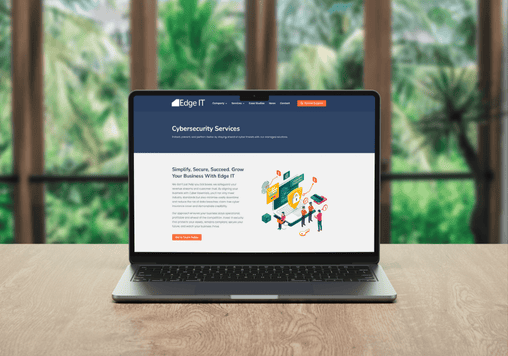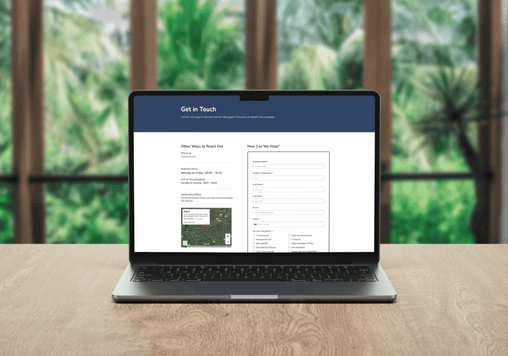XaaS: Not Just another IT Fad
Thanks to advances in technology, modern society has begun to embrace service-based business models rather than ownership-based ones. For instance, instead of buying movies, many people are now streaming them from Netflix, Hulu, or another service provider.
The IT industry is going through a similar evolution. In the past, vendors simply sold their hardware, software, and other IT products to customers for on-site use. However, this “make, sell, ship” approach is giving way to a service-based one. Vendors are increasingly offering their products as a cloud service rather than selling the products themselves.
The Technology Services Industry Association (TSIA) documented this trend in a November 2014 report highlighting the gross revenues of the 50 top performing technology companies. Over a three-year period, these hardware, software, and service companies had a steady drop in their IT product revenues and a significant increase in their IT service revenues.
Different types of IT services are now available through the cloud, thanks to virtualization, high-speed networks, and highly capable web browsers. Collectively, these services are referred to as XaaS. Depending on whom you ask, XaaS stands for “Everything as a Service” or “Anything as a Service.” Here are some of the IT services that fall under the XaaS umbrella:
- Software as a Service (SaaS): If you use Google Mail or Microsoft Office 365, you are using an SaaS offering. SaaS firms provide more than just software, though. They also provide and manage all the hardware, equipment, and systems needed to deliver it. This includes servers and their operating systems, storage devices, and networking equipment. As a result, the only thing the customers have to do is open the hosted application through a web browser or client program and start working.
- Infrastructure as a Service (IaaS): Companies use an IaaS provider when they want control over their software environment, but they do not want to buy the servers, storage devices, networking equipment, and other items needed to host it. In this case, the companies are responsible for managing their software environment, while the IaaS providers manage its underlying infrastructure.
- Platform as a Service (PaaS): PaaS firms provide developers with cloud-based tools that they can use to develop applications and services. They also offer various services, such as those used to test, deploy, and host applications.
- Disaster Recovery as a Service (DRaaS): A DRaaS provider uses cloud resources to protect a company’s applications and data from disruptions caused by disasters. After the DRaaS provider develops and implements a disaster recovery plan that meets the company’s needs, it helps the company test and manage the disaster recovery procedures to make sure they are effective. Should disaster strike, the DRaaS provider also performs recovery services.
The XaaS option presents businesses with a cost-effective and scalable alternative to ownership-based models. Subscribing to IT services rather than buying IT products can help companies get the most value out of their IT assets. Companies interested in pursuing this approach should speak with their IT staff or IT service providers.
Edge IT Can Help
Edge IT Can Help
Technology should empower your business, not hold it back. We provide proactive IT support, robust cybersecurity, and seamless solutions to keep your organisation secure and running smoothly. Get in touch today and let’s strengthen your IT for a smarter, safer future.
Edge IT Can Help
Technology should empower your business, not hold it back. We provide proactive IT support, robust cybersecurity, and seamless solutions to keep your organisation secure and running smoothly.
Get in touch today and let’s strengthen your IT for a smarter, safer future.


